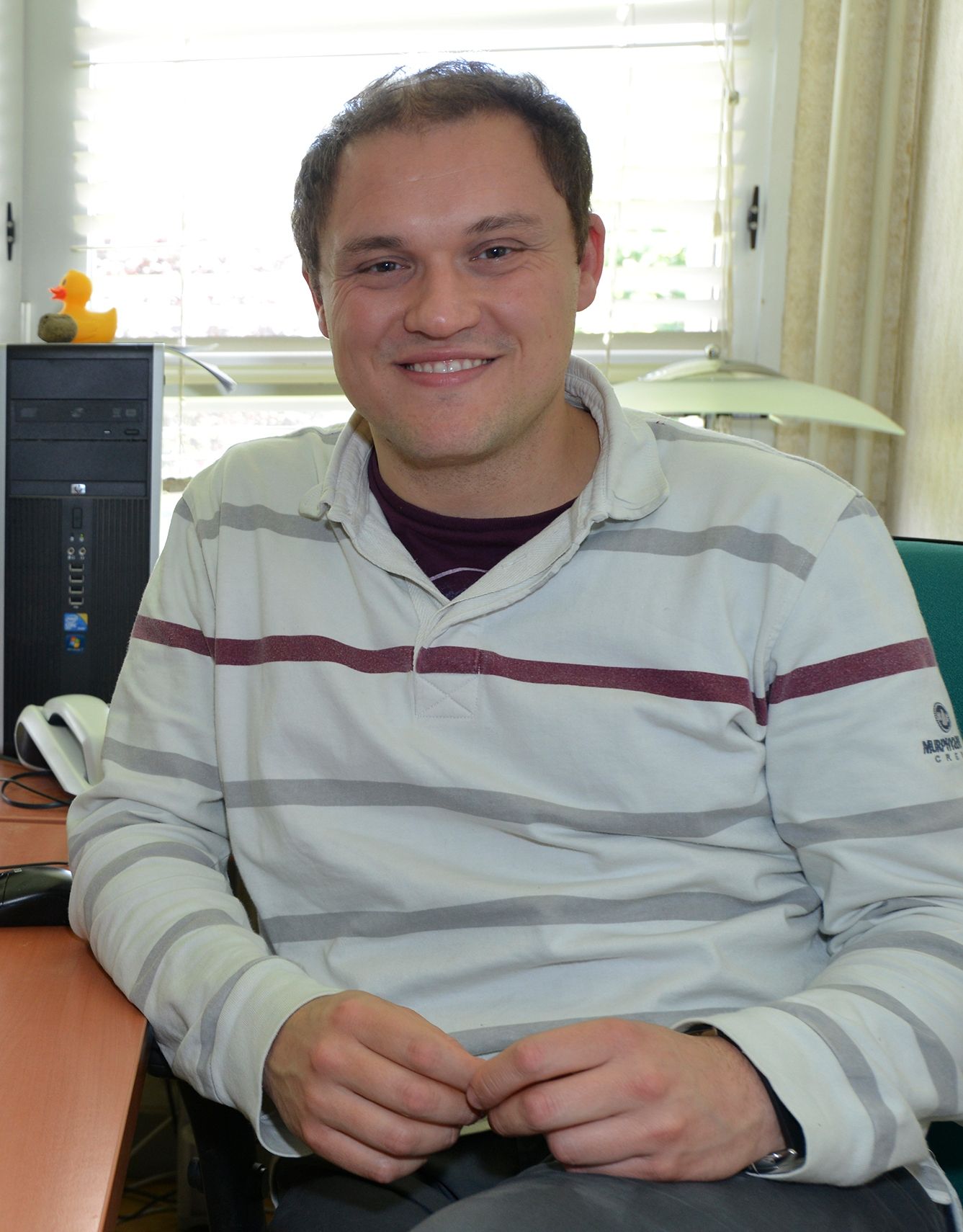
Short biography:
I am researcher at Ifremer in Brest (France) since 2010. I study the biodiversity and ecology of protist species with a morphogenetic (cultures, microscopy, metabarcoding) approach. Species identifications and molecular ecological patterns are associated to biological and hydrological variables of the marine coastal ecosystem to depict the phenology of phytoplankton communities, species, and populations from high frequency to paleoecological time scales. My research mainly focuses on potentially harmful species and on dinoflagellates in particular.
Abstract:
A paleoecological approach was used to investigate protist biological changes at both the community and species levels over a time scale of ~150 years in the Bay of Brest. Using ancient DNA (aDNA) amplifications, we were able to detect the occurrence of the toxic Alexandrium minutum up to 1873±6. Specific aDNA could be quantified by means of a newly-developed real-time PCR assay targeting the ITS1 rDNA in the upper layers of two sediment cores, in which the germination of the species was also obtained in up to 18 year-old sediments. Paleogenetic data showed, in both cores, a species-specific increasing trend in the abundances (ITS1 rDNA copy number) of A. minutum over time, corroborating three decades of local plankton data documenting the increasing concentrations of the species in the water column in recent years. Protist metabarcoding analyses based on the V4 region of the 18S rDNA showed that protist richness was reduced of about 80% in deep layers relative to that of superficial sediments. Most of the taxa found in the deepest core layers are known to form resistant forms. This would suggest that the ecological information acquirable from paleogenetic data of the coastal ecosystem principally concern the taxa preserved by a resting stage. Similar changes in protists paleocommunity composition were identified in both studied cores, primarily consisting in a decreasing trend in dinoflagellate relative abundance from the 70’s to recent years. Within the dinoflagellate community, the dominance of the genus Alexandrium progressively replaced that of the genus Gonyaulax. These changes in community dynamics are probably the result of the variations in the hydrological conditions (N/P ratios) occurring in the Bay of Brest from the late 60’s to present. These results will be discussed in the context of current research in paleoecology, showing the advantages and the limits of this approach for studies on the multiannual dynamics of marine microbes in the coastal ecosystem.
Arranged date for the seminar talk: Jun 08, 2017
